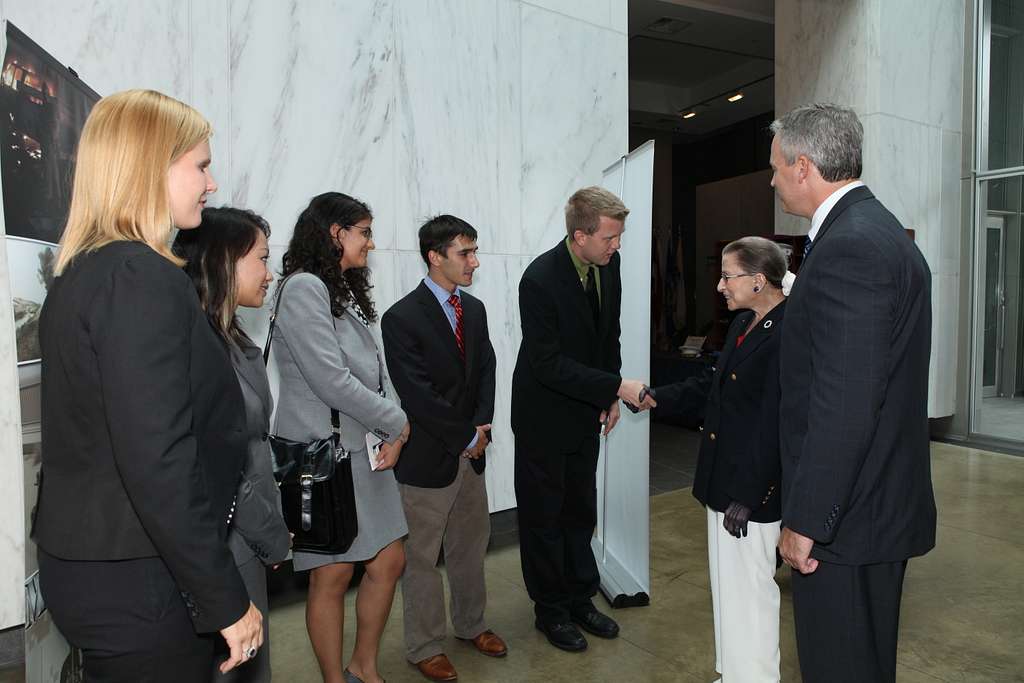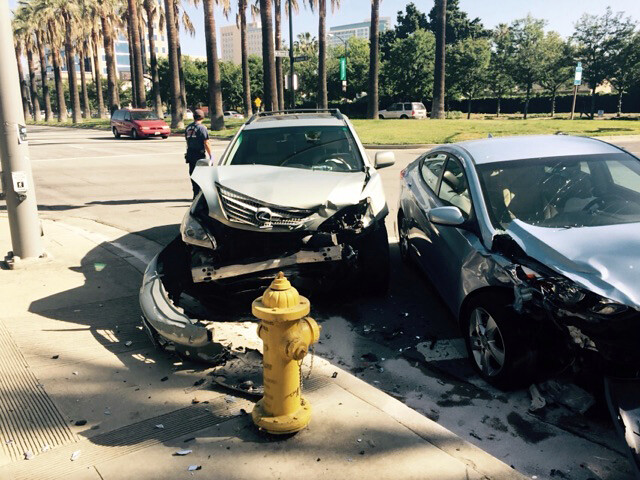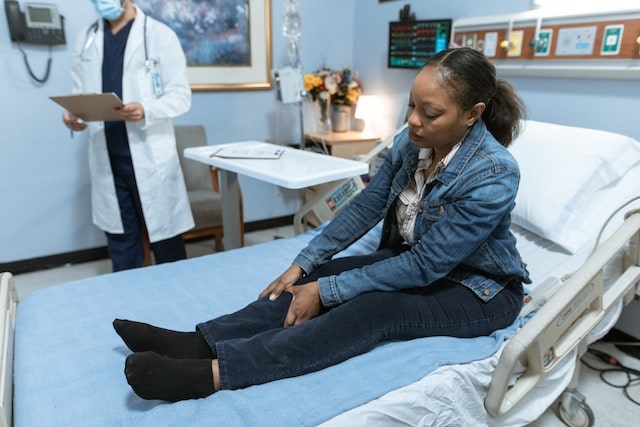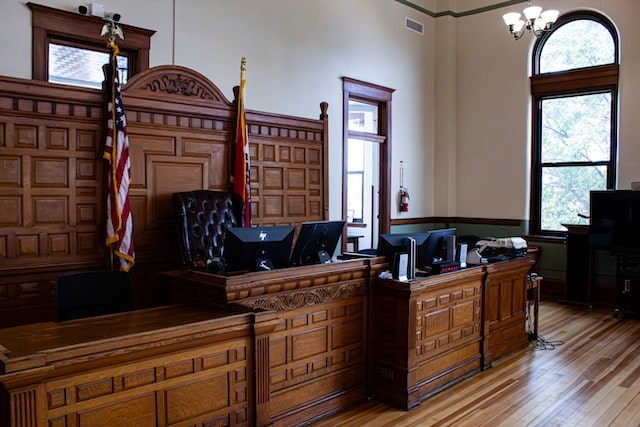In the dissenting opinion of Rowe v Wahnow, 2009 NY Slip Op 29475 (App. Term 1st Dept. 2009), Justice McKeon discusses why he believes it is inappropriate for a defendant in a third-party lawsuit to solely rely on a no-fault IME of a plaintiff, to defeat said plaintiff’s serious injury claim (Ins Law 5102[d]). He gives a few reasons why the use of a no-fault IME on its own in non-suiting a 5102(d) Plaintiff is inappropriate.
- A no-fault IME is non-adversarial, whereas an IME in the context of a lawsuit is adversarial;
- The IME in a first-party no-fault case is geared towards future medical treatment and compensability of wages, whereas an IME as a discovery device that is utilized during a lawsuit is solely to determine whether the Claimant breached sthe serious injury threshold;
- The third-party defendant gets numerous bites at the apple since the insurance carrier in the first-party case can demand IME’s as often as the carrier may require.
While Justice McKeon’s opinion raises laudable goals, he fails to address the fact that the Appellate Divisions have already held that there are tremendous collateral estoppel consequences that emanate from a Claimant’s (or his or her assignee) unsuccessful pursuit to obtain contested first-party benefits. As regular readers are aware, a finding of lack of causal relation in the no-fault context will spell the end of the Claimant’s third-party lawsuit (Lobel v. Allstate, 269 AD2d at 502 [2d Dept. 2000]). A finding that future services lack medical reasonableness will under many circumstances impair, if not knock out, the significant limitation and permanent consequential categories of the 5102(d) categories, leaving many times the 90/180 category as the only viable method to breach the serious injury threshold. (c. f., Barnet v. Ives, 265 AD2d 865 [4th Dept. 1999]).
Writing on a clean slate, Justice McKeon’s argument has merit. He raises many points that should not be taken lightly. But, the law as it has developed renders his opinion nothing more than a good article for a law journal or law review. I earnestly wonder, however, if the purposes of his dissent was to attempt to force the bar to contemplate the interrelation between no-fault actions and personal injury actions.
Dave Gottlieb over at NFP has a very interesting take on this issue.












